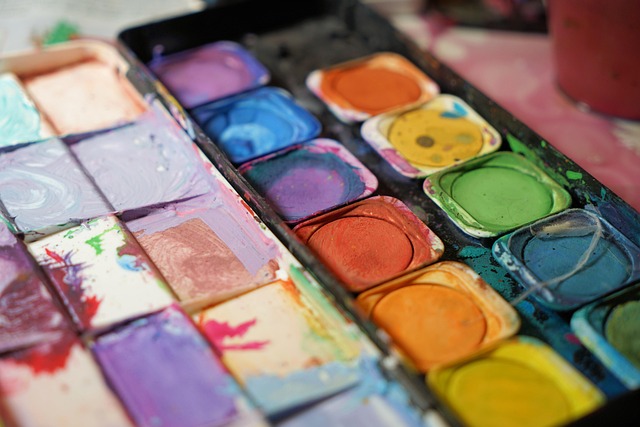Mastering the Art of Landscape Painting: Tips and Techniques
The beauty of nature has always been a source of inspiration for artists, and landscape painting stands as a testament to that connection. There is something profoundly calming and fulfilling about capturing the majesty of mountains, forests, lakes, and fields on canvas. If you’re aspiring to master the art of landscape painting, let’s explore some tips and techniques that will help bring your visions to life.
Embrace the Outdoors
One of the most effective ways to enhance your landscape painting skills is to immerse yourself in the outdoors. Take your sketchbook and a set of watercolors or pastels, and head to a local park or nature reserve. Observing how light interacts with various elements, the subtleties of colors, and the overall mood of the setting will inform your future creations. Remember, nature is dynamic and ever-changing; paint what you see rather than what you think it should look like.
Color Mixing Mastery
In landscape painting, color is a powerful tool that can convey emotion and atmosphere. Spend time learning the art of color mixing to create a palette that reflects the hues you observe in the natural world. Consider the impact of light on color; for instance, the warm golden tones of a sunset differ from the cooler tones of twilight. Create a color wheel and experiment with blending different shades to see what works best for your landscapes.
Capturing Depth and Perspective
One of the challenges of landscape painting lies in creating a sense of depth and perspective. Use techniques such as overlapping elements, diminishing size, and varied color intensity to guide the viewer’s eye into the distance. For instance, foreground elements can be painted in sharper, more vivid colors while background features fade into softer, muted hues. This method will lead the viewer through your painting, creating a more immersive experience.
Focus on Composition
Composition is crucial in landscape painting. An effective composition draws the viewer in and enhances the overall narrative of your piece. The rule of thirds is a wise guideline to start with: imagine your canvas divided into nine equal parts and place focal points along those lines or at their intersections. Whether it’s a tree, a barn, or a river, think about where you want the viewer’s eye to land and how to balance your composition throughout the painting.
Experiment with Different Mediums
Don’t confine yourself to just one type of medium while exploring landscape painting. Each medium—be it oil, acrylic, watercolor, or gouache—brings its unique character to your work. Oil paints offer richness and depth, while watercolors can convey delicacy and transparency. By experimenting with different mediums, you’ll find the one that best expresses your vision and style.
Practice, Patience, and Passion
Mastering landscape painting isn’t an overnight process. It requires commitment, practice, and a willingness to learn from both successes and failures. Don’t be discouraged by initial attempts; instead, embrace the journey of development. Keep a sketchbook with you to capture fleeting moments of beauty and work on small pieces regularly. Over time, you will see growth in your skills and a deepening understanding of what landscape painting means to you.
Let your heart and spirit guide your brush as you explore the serene and breathtaking world through landscape painting. Each canvas is not just a representation of nature; it’s an expression of your connection to it. Happy painting!
